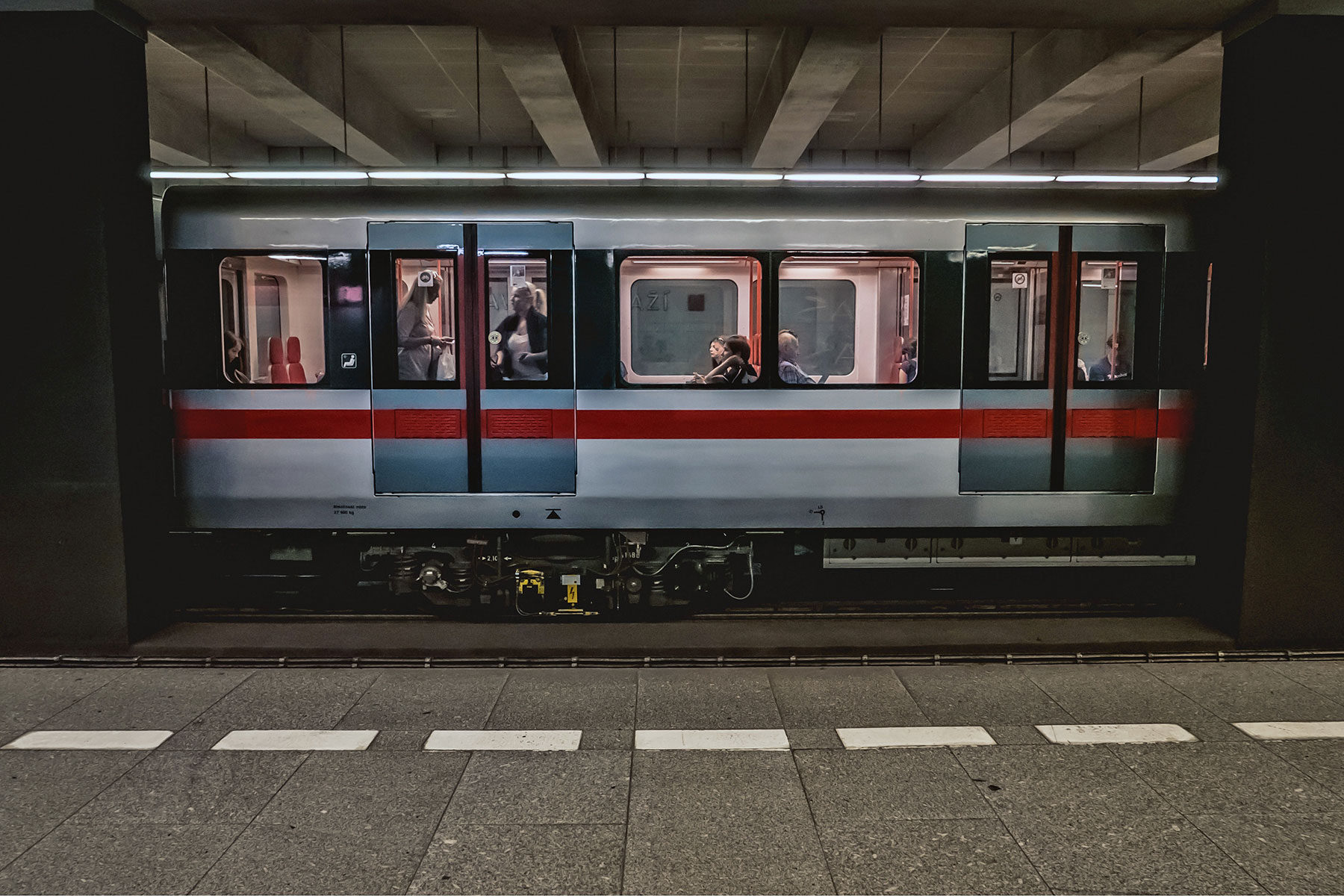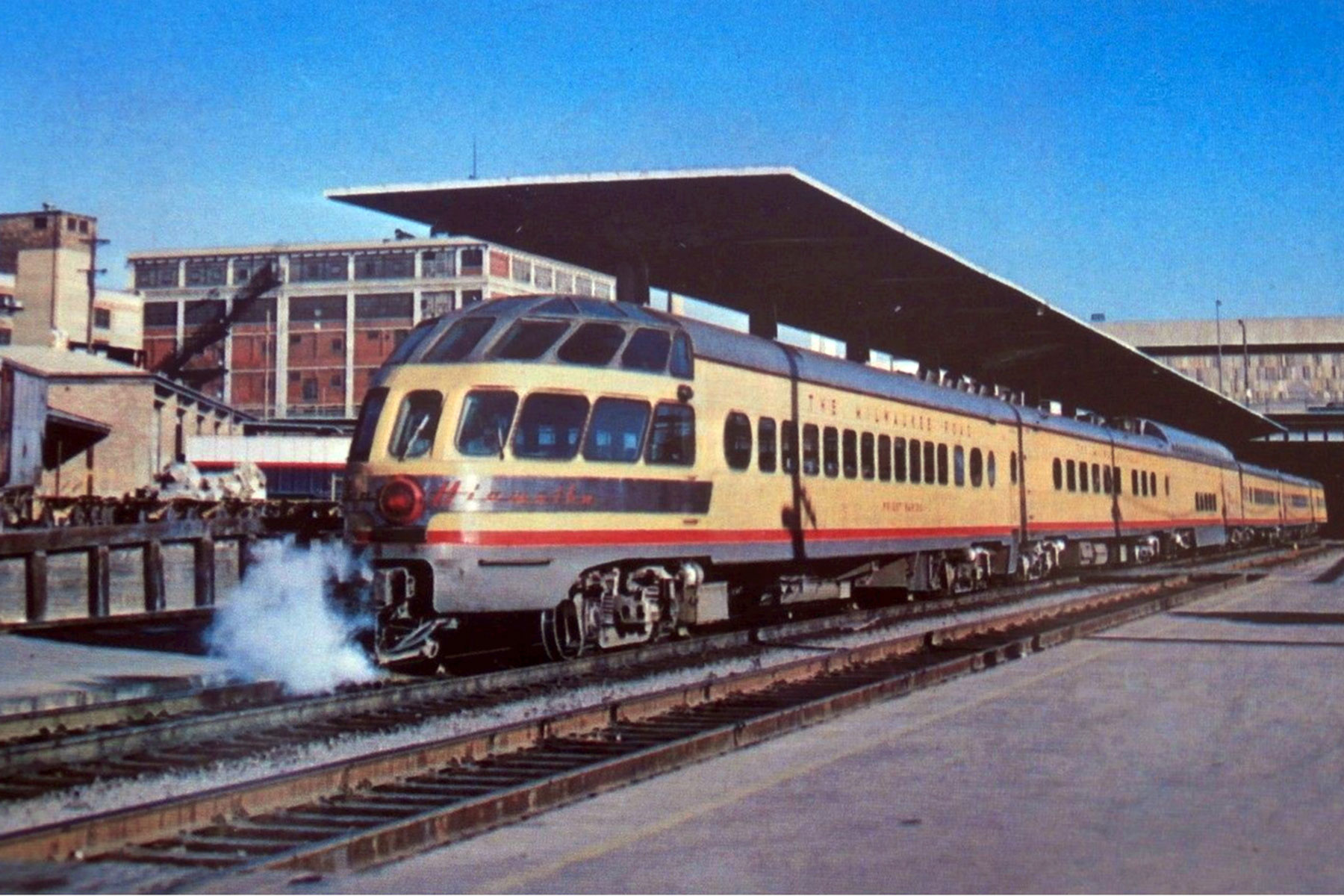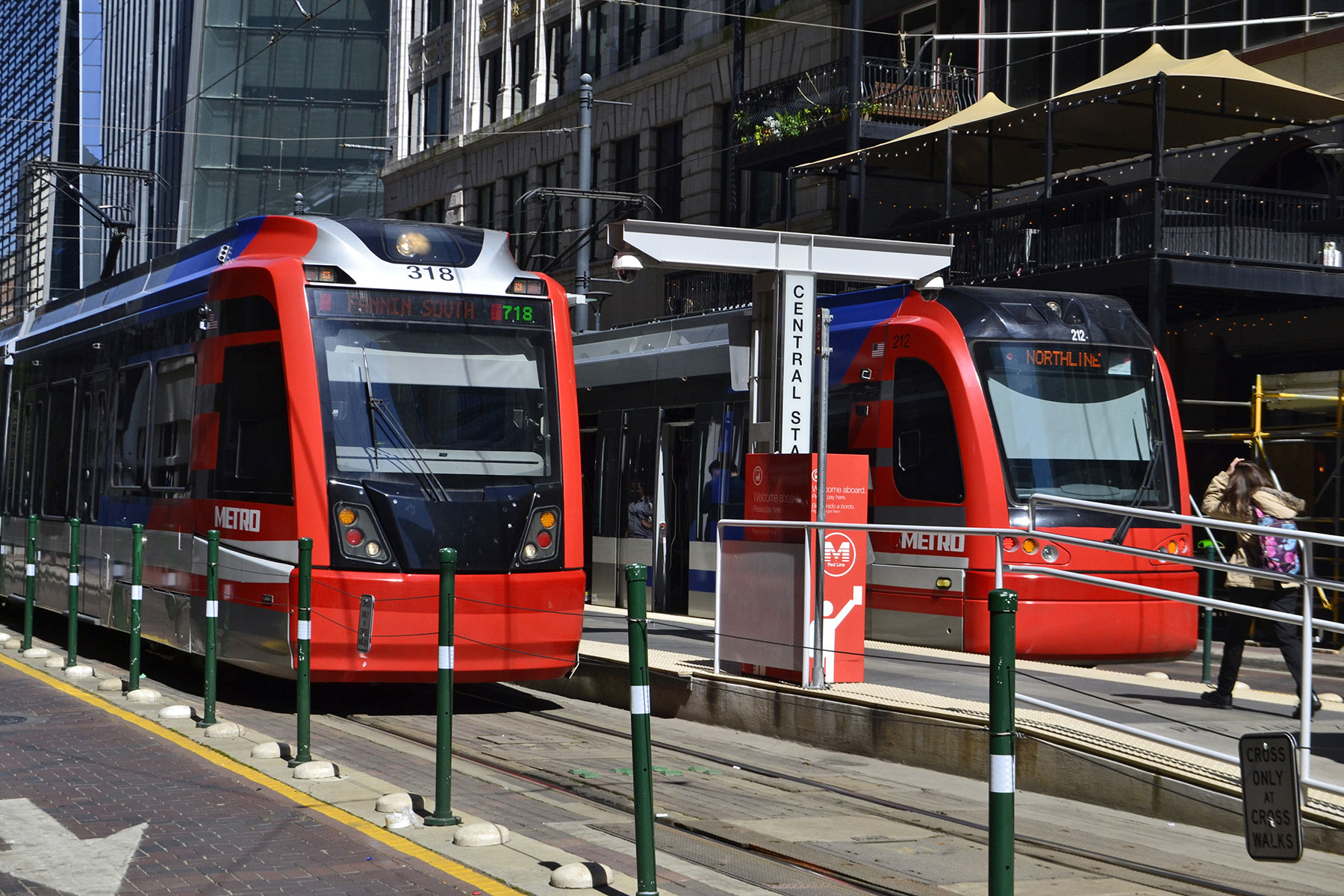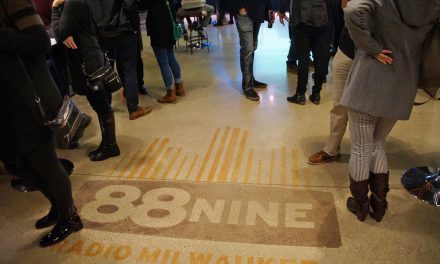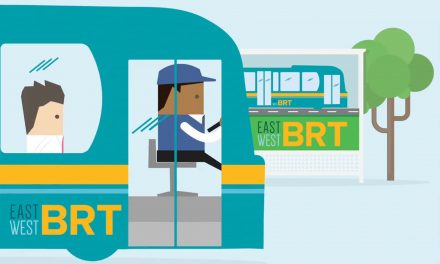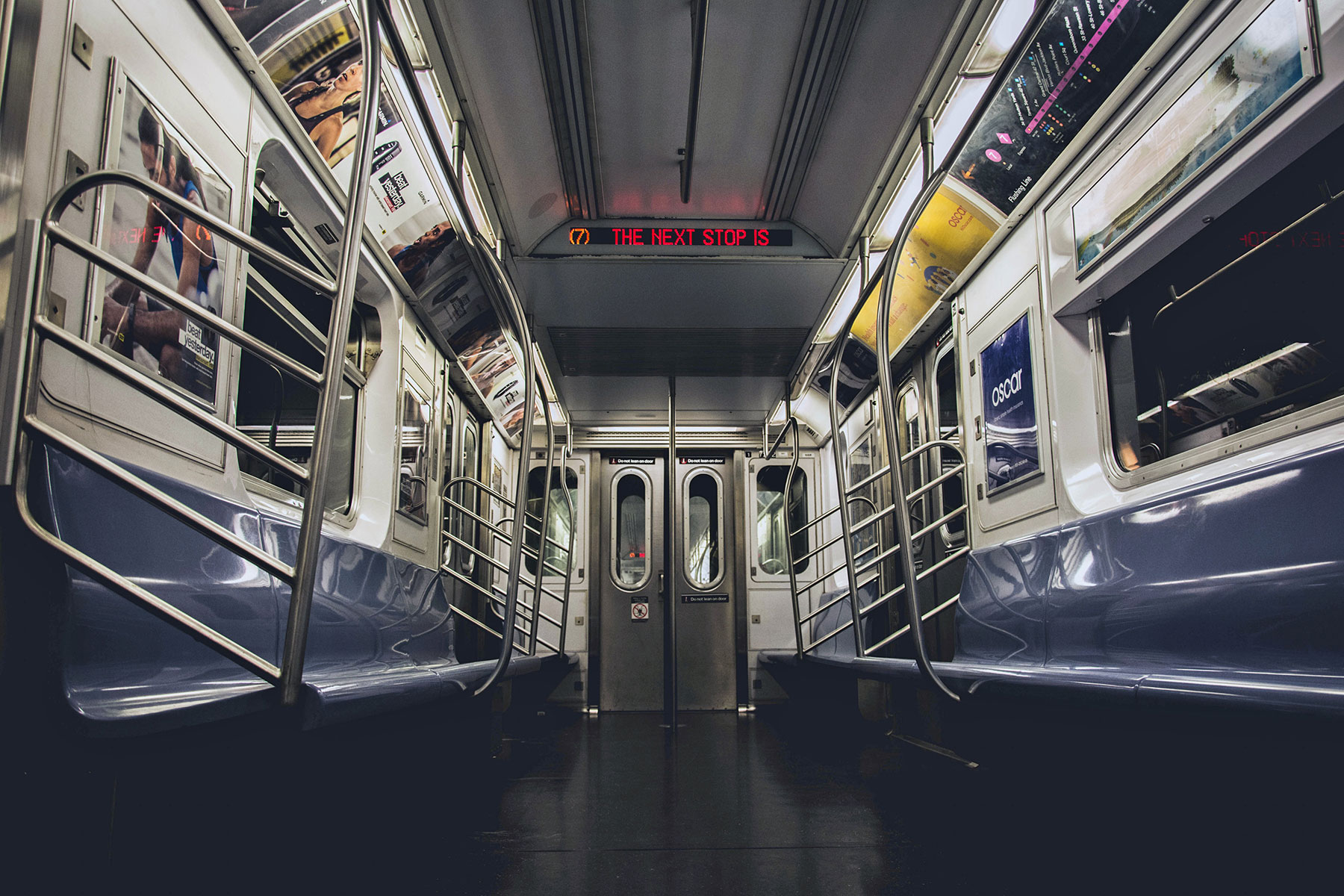
Decades of under investment in America’s aging bus and rail public transit infrastructure has had a negative effect on business revenue, and resulted in lost jobs and wages, according to a new study from the American Public Transportation Association.
Failing to address America’s $90 billion backlog of public transit modernization needs, also referred to as State of Good Repair, resulted in a loss of $340 billion in business revenue to the U.S. economy over a six-year period.
The finding was based on the study The Economic Cost of Failing to Modernize Public Transportation, which was conducted by the Economic Development Research Group Inc. for APTA. The study was released during National Infrastructure Week which ended on May 18.
The authors of the report examined the public transportation modernization needs nationwide and performed in-depth case studies of six transit systems: Massachusetts Bay Transportation Authority (MBTA), Chicago Transit Authority (CTA), Metropolitan Atlanta Rapid Transit Authority (MARTA), Southeastern Pennsylvania Transportation Authority (SEPTA), San Francisco Municipal Transportation Agency (SFMTA), and Washington Metropolitan Area Transit Authority (WMATA). The report also examined modernization needs in bus and bus facilities which were applicable to systems like the Central Ohio Transit Authority (COTA).
“Our failure as a nation to address America’s public transit modernization needs has wide-ranging negative effects because lost time in travel makes a region’s economy less productive,” said Paul P. Skoutelas, APTA President and CEO. “Congress has an opportunity in the current fiscal year 2019 Appropriations process to help address the nation’s aging public transit infrastructure.”
Modernization deficiencies in the nation’s public transit infrastructure result in a decrease of $180 billion in Gross National Product. This includes a loss of $109 billion in household income over six years and 162,000 jobs over the same time frame. The authors of the study note that failure to modernize the nation’s aging public transit infrastructure adds time and delays to commutes. This, in turn, slows down workers’ economic output which directly impacts business sales in a regional economy.
In addition, the quality of businesses that locate in an area is tied to the efficiency of a transportation system, and this directly impacts workers’ earning potential. For example, officials at Amazon are searching for a second headquarters in North America. With the addition of this new $5 billion facility, Amazon will generate 50,000 high-paying jobs with yearly salaries of $100,000 or more.
Amazon’s project summary describes the importance of an efficient transportation system as a part of its ideal location requirements. Specifically, the company noted “optimal access to mass transit – direct access to rail, train, subway/metro, and bus routes.”
“We are also calling on the Administration and Congress to address the urgency of the Highway Trust Fund solvency which expires in just over two years,” said Skoutelas. “This will provide predictable, multi-year funding to not only address America’s deteriorating infrastructure but provide for continued investment to help grow the nation’s economy.”
America’s aging public transit infrastructure is in grave need of investment. In their latest report card, the American Society of Civil Engineers graded the nation’s public transportation infrastructure a D minus. That is the lowest grade ASCE gave to any category of U.S. infrastructure.
The American Public Transportation Association (APTA) is a nonprofit international association of more than 1,500 public and private sector organizations which represents a $68 billion industry that directly employs 420,000 people and support millions of private sector jobs.
Written By
American Public Transportation Association

